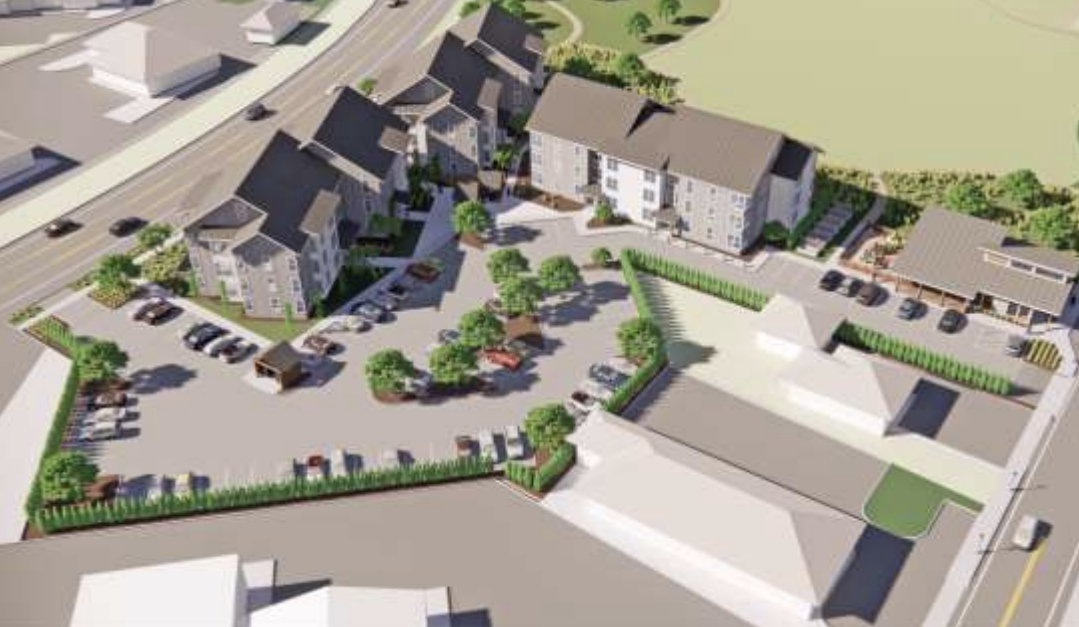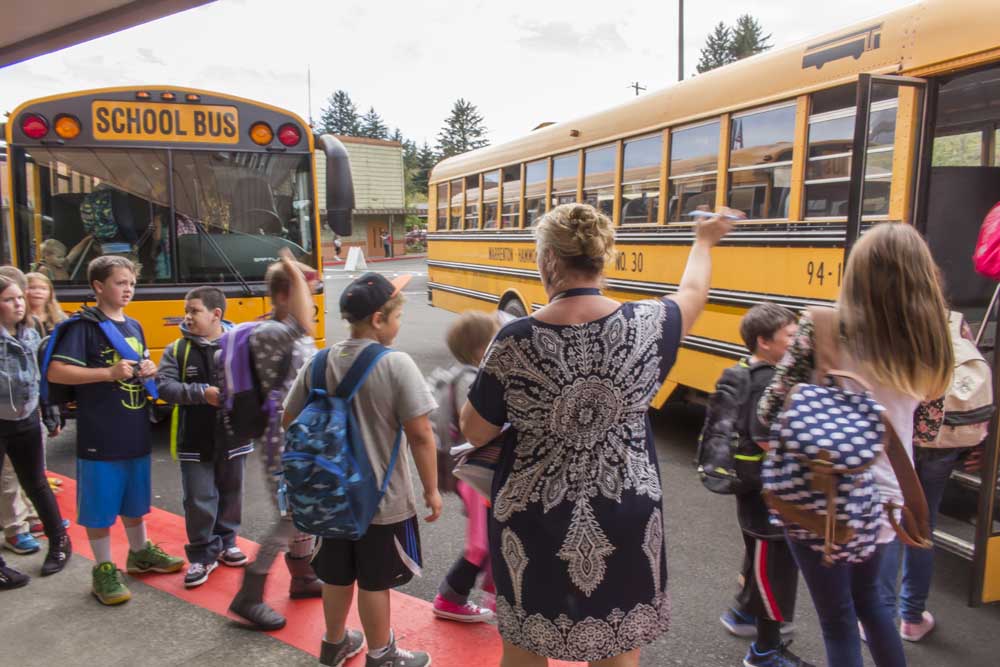Summer and spokes
Published 5:00 pm Wednesday, September 14, 2005
The Corps of Discovery was one weary group when it arrived at the mouth of the Columbia River 200 years ago.
And there will likely be plenty of tired legs and sore seats among the visitors heading to Astoria this Saturday when they complete their westward journey.
Cycle Oregon 2005 has picked Clatsop County as its finish line, bringing 2,000 bicycle riders to the end of the Lewis and Clark Trail.
Organizers decided the 200th anniversary of the explorers’ arrival at the Pacific was a good year to include the coast in the popular event.
“The Lewis and Clark Bicentennial is essentially our theme, and it seems natural that the ending point be Astoria,” said organizer Tara Corbin.
Cycle Oregon, which kicked off in 1988, follows a new route each year, picking a series of small towns where a campsite, food and entertainment are provided for the cyclists at the end of each day’s stage.
The riders began the 425-mile trek last Saturday in Boardman in eastern Oregon. This year’s route, passing through the Columbia Gorge and Willamette Valley, traces the paths of not only Lewis and Clark but also the early pioneers who followed them.
Along with a variety of terrain, bicycle riers will likely see a variety of Oregon weather.The final leg begins in Vernonia in rural Columbia County and comes into Clatsop County on Oregon Highway 202, then follows Youngs River Road and Lewis and Clark Road to Fort Clatsop. From there the riders head north across the Old Youngs Bay Bridge, pedal up to Seventh Street to the Astoria Column, then descend to the finish line at 20th and Exchange streets.
Make that the “Finnish Line” – members of local Scandinavian groups will don authentic garb to give the riders a welcome befitting Astoria’s cultural heritage.
Marian Soderberg is helping organize the hundreds of local volunteers preparing for the riders’ arrival. She’s asking local residents not directly involved in the event to show their support by lining the route – with Scandinavian flags, sweaters and other similar items, if possible – and giving the cyclists a hearty North Coast welcome.
Cyclists making the 425-mile trek will follow in the footsteps of Lewis and Clark.”We encourage members of the community to come out of their homes and neighborhoods to gather along the route to encourage the riders in a positive way,” she said.
Once at the finish area, which will cover Exchange Street between 17th and 20th streets, riders will find showers and toilets. Then they will head across Marine Drive to the open area next to the Columbia Maritime Museum, where they can enjoy the “Bite of Astoria” featuring local restaurants, a beer garden and live music. Food is free to riders. Visitors can buy a meal for $12.
The ride may be long, but “there’s always a cold beer at the other side,” said Astoria’s Bob Johnson. Johnson will be taking part in the ride this year, but in a different capacity – the Astoria Fire Department paramedic will be serving with the event’s medical staff along the route.
Johnson is familiar with the aches and pains that come with the week-long ride – he rode Cycle Oregon for five straight years beginning in 1998. He likes the informal, carnival-like atmosphere the ride encourages.
Johnson enjoyed bike-riding from the time he was a kid, and as an adult made cycling a serious pursuit, eventually reaching the point where he was racking up 2,500 miles or so a year. In recent years, a new home meant new responsibilities that took away from riding time, and this year’s wet spring made training more difficult, he said.
“They recommend doing 750 miles (of training) in the course of the summer” to prepare for Cycle Oregon, he said. “I’m probably in good enough shape to do it this year, but I would suffer. That’s when you notice the extra 10 pounds you’re carrying around.”
The average age of Cycle Oregon riders seems to go up each year, which may be why organizers added a rest day in the middle of the ride, Johnson said. Still, he’s amazed by Cycle Oregon’s older riders, some in their 70s and bent over by age, who nonetheless can jump on their bikes and finish each day’s stage.
Though he won’t be a rider this year, Johnson said he went out and rode the route’s final stage from Vernonia. “I wanted to see it from the bike.”
Though it’s the first stop by Cycle Oregon, Astoria is no stranger to cyclists. Richard Fenscak, owner of Bikes and Beyond, is helping organize the Cycle Oregon finish line and said the coast is an ever-more popular destination by cycle tourists, whether pedaling the coast or across the country.
“Fifteen years ago, when cycling was more of a fad, you saw everyone and their Aunt Martha come by. Now people are putting together vacation trips around cycling.”
Cycle Oregon is a nonprofit organization dedicated to bicycling enjoyment, safety and education. All proceeds from the ride go to the Cycle Oregon Fund at the Oregon Community Foundation, which helps preserve and protect the special places of Oregon and supports community development projects in the regions through which we ride.
Today, the Cycle Oregon Fund contains almost $1 million.
Examples of some of the grants awarded from the Cycle Oregon Fund include:
* $10,000 to Baker City School District for renovation of their track.
* $2,500 to Mitchell for a sound system and stage for their community center.
* $15,000 to Community Cycling Center to support their youth bicycle programs.
* $20,000 to Bicycle Transportation Alliance to support their bicycle advocacy work in Oregon.
* $10,000 to the Central Oregon Partnership for development of bicycle trails in and around the community of Sisters.
Cycle Oregon provides approximately $120,000 annually to the communities that host us in September. These people assist greatly in planning our event and provide the hundreds of volunteers whose passion and dedication make our tour a success.





